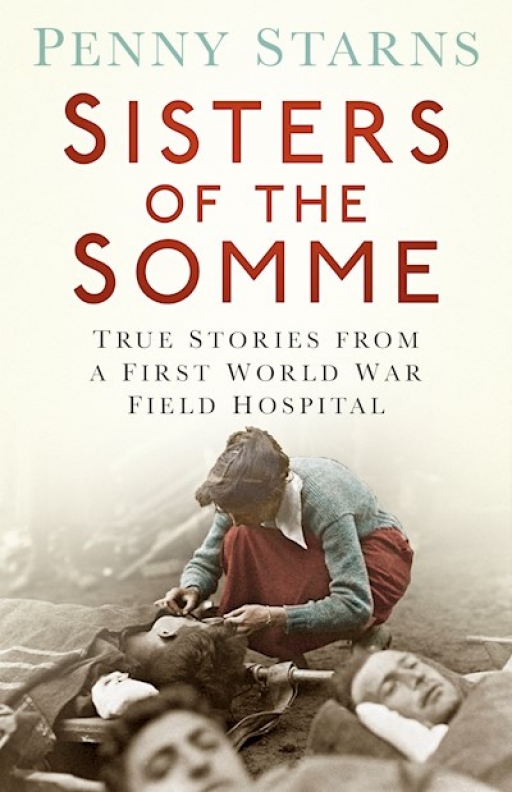Publisher’s Description:
‘With First World War casualties mounting, there was an appeal for volunteers to train as front-line medical staff. Many women heeded the call: some responding to a vocational or religious calling, others following a sweetheart to the front, and some carried away on the jingoistic patriotism that gripped the nation in 1914. Despite their training, these young women were ill-prepared for the anguished cries of the wounded and the stench of gangrene and trench foot awaiting them at the Somme. Isolated from friends and family, most discovered an inner strength, forging new and close relationships with each other and establishing a camaraderie that was to last through the war and beyond. Based on the previously unpublished true stories of its nurses and medical staff, this book is a heart-warming account of the joys and sorrows of life in an extraordinary Somme field hospital.’
Centenary News Review:
Review by: Eleanor Baggley, Centenary News Books Editor
In 1915 The Order of St. John called for women to volunteer as medical staff at their frontline hospital in Etaples, France. Starns provides an intimate insight into the workings of this hospital, focusing on a handful of the VADs who volunteered. From medical procedures to nursing debates to romantic meetings and blossoming friendships, this book is a fascinating and detailed account, which provides a truly comprehensive impression of a field hospital in wartime.
It took a while to get used to the rhythm of this book. It’s non-fiction that reads like fiction, which can be an excellent device, but I found myself frustrated by some of the embellishments. This is further compounded by the omission of a list of sources. Nonetheless, from the beginning Starns presents this book as a ‘new approach to First World War history’, and it will undoubtedly appeal to many readers.
What is interesting about this account is the extent to which the field hospital became a microcosm of society, with internal politics and personal allegiances clearly recognisable. Starns talks in illuminating detail about the politics of the hospital, including the relationship between trained nurses and VADs. This relationship was strained as the majority of accounts will attest, but here Starns presents an example of unity between the two groups. Lily – the 23-year old VAD this book focuses on – finds a mentor in one of the nursing sisters. As they discuss nursing, Florence Nightingale, and women’s suffrage their friendship grows. Lily’s mentor, Dora Little, believed as many trained nurses did, that VADs could be trained to do more complex tasks and so she trained Lily in the use of Dakin’s fluid to irrigate wounds.
Penny Starns has taken the real life stories and experiences of the nurses in a front line field hospital and truly brought them to life. Lily in particular reaches beyond the page and takes you with her on her journey through the First World War.
What do you think about this book or review? Please add a comment below.
